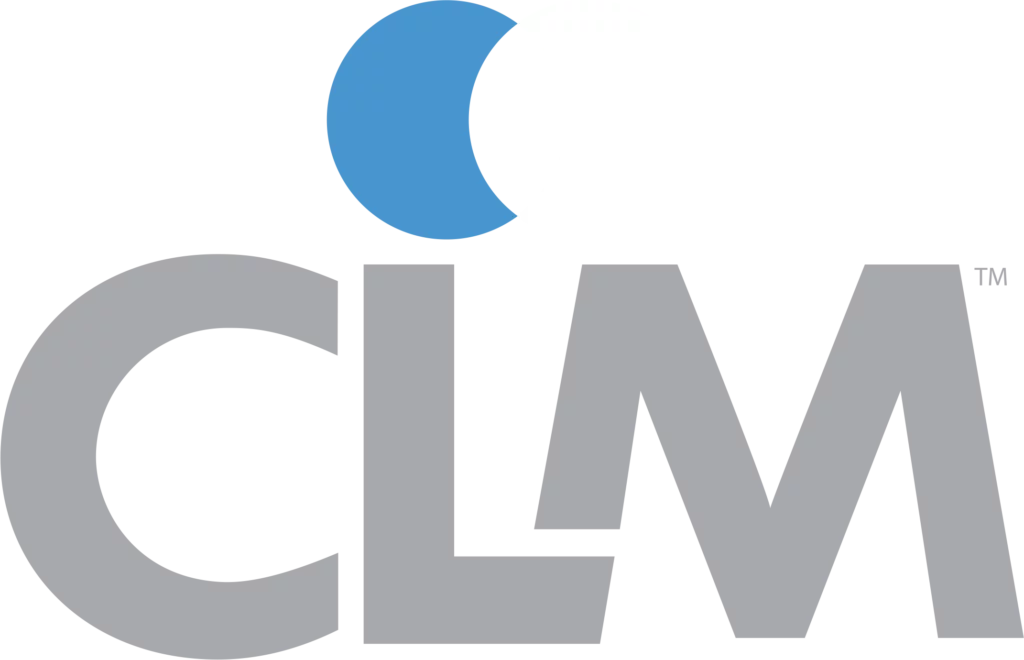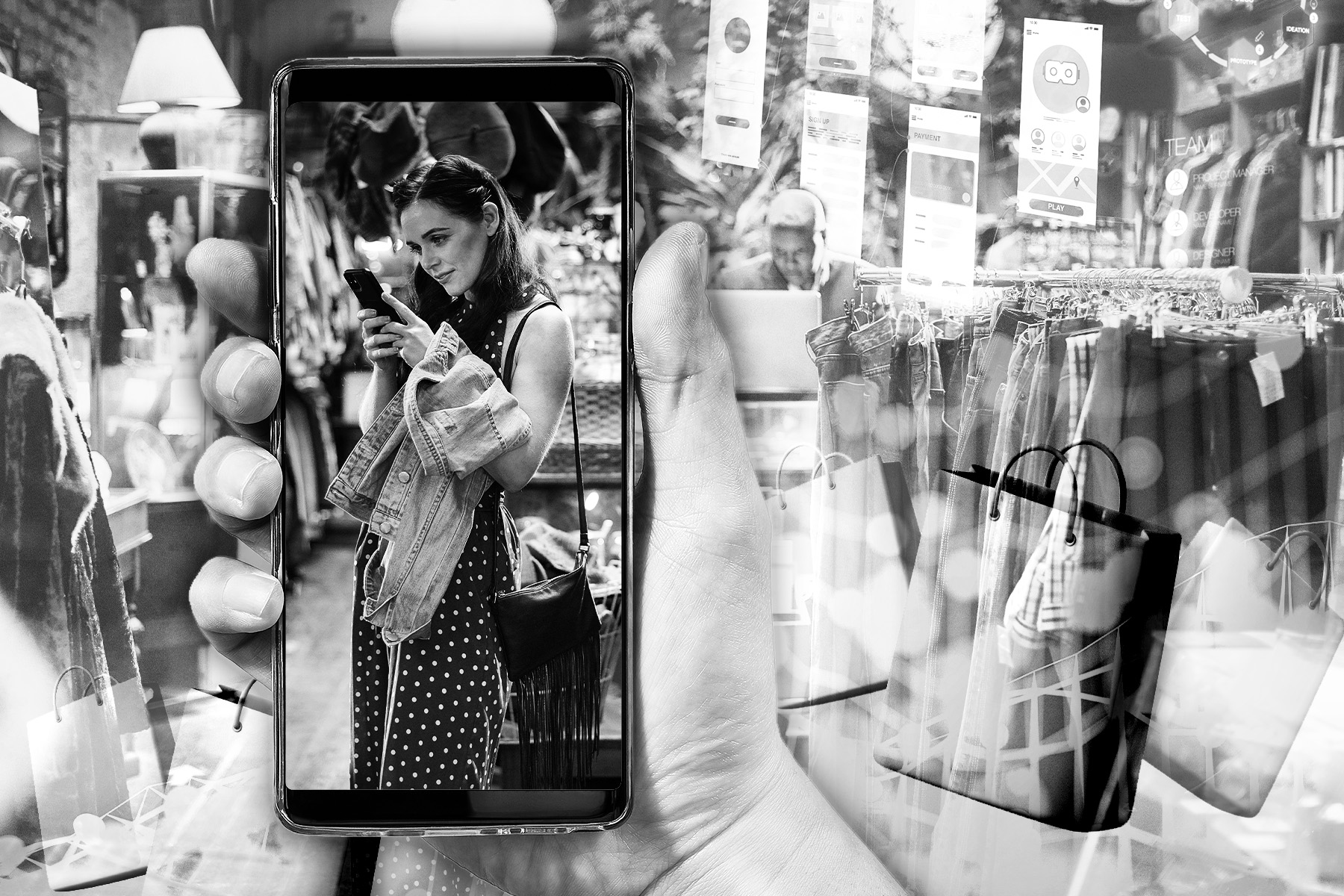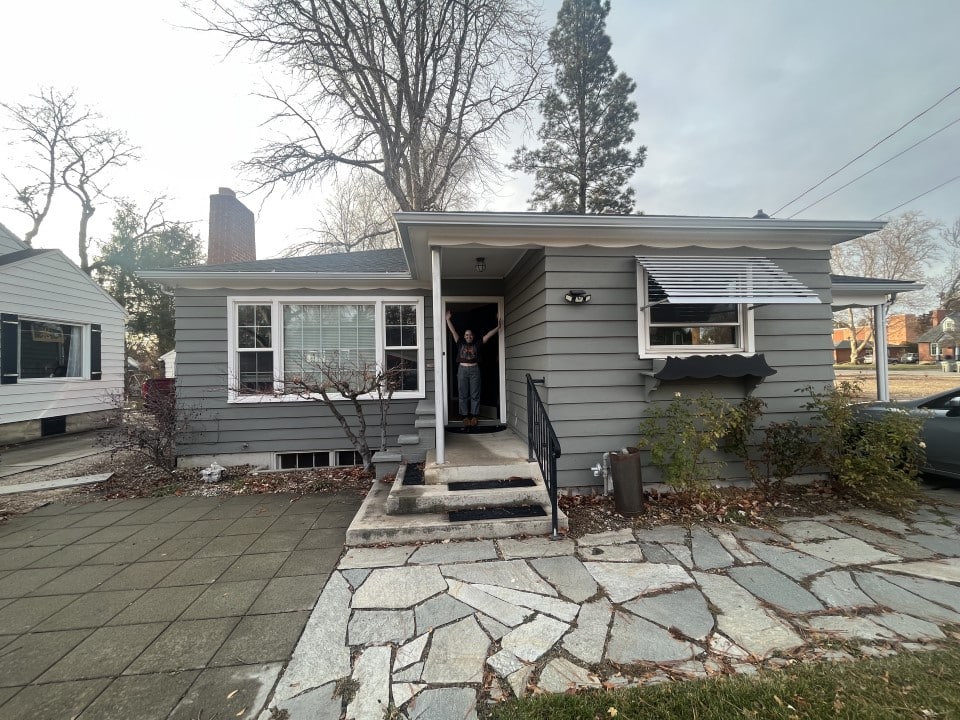By Bob Hiebeler
Since the latter half of 2020, everything has migrated online. Mundane tasks that we had to do over and over again pre-2020 have ended up online with stores able to track our purchases and remember our preferences. Repeat orders were easier to fill out as our lists could be set to automatic renewal and delivery. As the systems got more sophisticated and analytics were applied, the stores expanded their offerings to us via digital suggestions, luring us into additional purchases with targeted offerings based on past purchases and preferences.
When a business knows you and knows your order ahead of time, it allows for a greater ability for that business to customize and personalize your experience. In today’s increasingly busy world, having a personalized experience can create a feeling of connection with that business, and connections equal loyalty, boost customer satisfaction and can turn a one time shopper into a long term repeat customer.
This type of customized service is a key element of Anticipatory Organization®. Anticipatory Organization® is a strategy that involves anticipating customer needs, wants, and interests in advance. When you know what your customers are buying, and you know their interests, you can place new and compelling offers in front of them to further solidify their commitment and loyalty. Additionally, customization gives customers the feeling that they are being heard and understood.
Consumers Are Increasingly Melding Digital and Physical Experiences
While the pandemic gave e-commerce a massive boost, consumers have been returning to physical shopping now that lockdowns have been lifted. Interestingly enough, those in-person visits now also contain an element of digital as consumers are using their mobile devices to shop even when actually in the brick-and-mortar store locations. This hybrid shopping has become increasingly popular, especially as more and more stores now have their own branded apps.
Consumers like the convenience of online shopping, and using their mobile devices even while in the store has been a way for them to continue to get the personalized service they grew accustomed to during the pandemic. By using the mobile apps while in store, consumers are able to access loyalty cards and coupons, compare prices, receive product recommendations, and even finalize their purchases using cashierless checkout or contactless payments.
This not only supports the need for an online connection/relationship with your customer, it also supports the Burrus Both/And Principle for the power of retailers to have both an in-person and online relationship.
Actions to Capture Customer Data and Information
As a business, how have you changed to take advantage of knowing your customers better? Do you have the buying history of your repeat customers? Do you know their purchasing tendencies, their tastes, and perhaps what new products might be of interest to them?
Answering these questions can enable you to better anticipate what your customers are looking for and customize their experience.
While there are many proven techniques for how to get to know your customer better, here are five of the most common to get you started.
- Data from transactions and online orders – Are you keeping track of what your customers are ordering? Do you regularly analyze that data? Do you see patterns you can tap into or trends that can help you anticipate future needs?
- Interviews/Intercepts/Surveys – Sometimes the best way to get to know your customers is to just talk to them. Ask them to participate in surveys and give you feedback about their experiences.
- Focus Groups – Get your customers into a room and give them the freedom to really share what’s on their minds. What do they like about your offerings? What do they wish you’d do differently? What matters to them as consumers and what can you do to make them keep coming back?
- Loyalty Programs – This type of data harvesting really comes into play with branded mobile apps and loyalty cards. Having this information can really help highlight what your shoppers are buying and help you track what matters to them with their purchases.
- Website and Advertising Tracking and Analytics – This sort of data harvesting often requires outside assistance. Consider partnering with an organization that focuses on harvesting this information and cultivating the analytical data for you.
It is important to recognize that any and all of these methods enable you to develop a deeper understanding of your customer, allowing you to better anticipate their needs and behaviors, with the ultimate goal of turning your relationship into a long-term one compared to a purely transactional one. By actively predicting what customers want and need and creating an environment that is tailored to those predictions, your customers will come to you again and again, knowing their needs will not only be met, but exceeded.
Robert Hiebeler is a global consultant who regularly works with companies and business leaders worldwide about the search for, and implementation of, best practices to improve business performance. Robert is a Senior Anticipatory Organization® Consultant and Facilitator for Burrus Research and is working with CLM on Anticipatory Organization® strategies. Robert is also the best-selling author of the book Best Practices, Building your Business with Customer-focused Solutions and has been featured in numerous print publications.
Anticipatory Organization® is a registered trademark of Burrus Research





